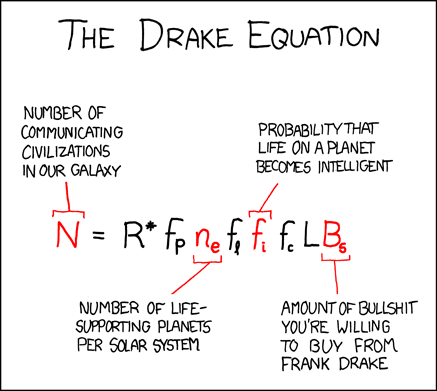I try to keep things apolitical around here, and its not my intent to change that policy. But this is an issue of science funding as a national priority, so I feel it is relevant: Fermilab funding ends in September.
U.S. researchers will soon abandon their search for the most coveted particle in high-energy physics because of a lack of funding.
Researchers working at Fermi National Accelerator Laboratory (Fermilab) in Batavia, Illinois, had wanted to run their 25-year-old atom smasher, the Tevatron, through 2014 in hopes of spotting the so-called Higgs boson before their European counterparts could discover it with their newer, more powerful atom smasher. But officials at the U.S. Department of Energy (DOE), which funds Fermilab, informed lab officials this week that DOE cannot come up with the extra $35 million per year to keep the Tevatron going beyond September.
“Unfortunately, the current budgetary climate is very challenging and additional funding has not been identified. Therefore, … operation of the Tevatron will end in [fiscal year 2011], as originally scheduled,†wrote William Brinkman, head of DOE’s Office of Science, in a letter to Melvyn Shochet, chair of DOE’s High Energy Physics Advisory Panel (HEPAP) and a physicist at the University of Chicago in Illinois.
Fermilab is, as far as I am concerned, a national treasure like the Hoover Dam or Mount Rushmore. It’s about 50 miles from my home growing up and I still remember a childhood visit there 20 years ago.
The worst thing about this is how science is a victim of political climate. As others have pointed out, even the reduced spending on Afghanistan as we draw down there still means we spend more in six hours there than we’d need to keep Fermilab funded through 2014. I’m not saying we shouldn’t spend the money in Afghanistan (which puts me at odds on my other blog communities, as some of you are aware). But I am saying that maybe in the grand scheme of things, with a deficit in the trillions anyway, we shouldn’t be penny wise and pound foolish.
end rant.












